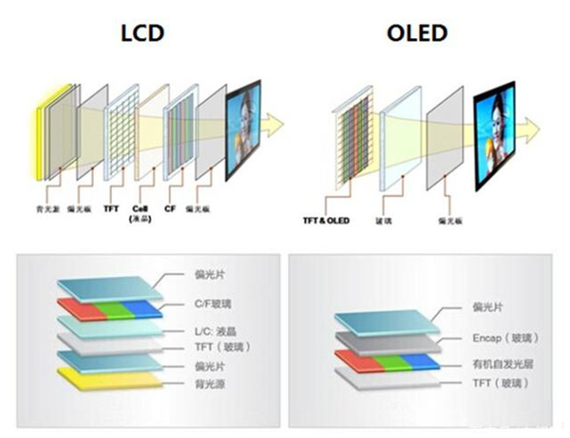What are DC dimming and PWM dimming?Advantages and disadvantages of CD dimming and OLED and PWM dimming?
For the LCD screen,because it uses the backlight layer,so directly control the brightness of the backlight layer to reduce the power of the backlight layer can easily adjust the screen brightness,this brightness adjustment way is DC dimming.
But for the high-end OLED screens commonly used at present,DC dimming is not so suitable,the reason is that OLED is a self-illuminating screen,each pixel emits light independently,and the adjustment of the OLED screen’s luminous power will directly act on each pixel,a 1080P screen has more than 2 million pixels.When the power is low,slight fluctuations will cause uneven lighting of different pixels, resulting in brightness and color problems.This is what we call a “rag screen”.
Aiming at the incompatibility of DC dimming in OLED screens,engineers have developed a PWM dimming method,it uses the visual residue of the human eye to control the brightness of the screen through the continuous alternation of “bright screen-off screen-bright screen-off screen”.The longer the screen is turned on per unit time,the higher the brightness of the screen,and vice versa.But this way of dimming also has shortcomings,its use in low brightness,easy to cause eye discomfort.At present,480Hz is commonly used in low-brightness PWM dimming in the industry.Human vision cannot detect stroboscope at 70Hz.It seems that the switching frequency of 480Hz is sufficient,but our visual cells can still sense stroboscope,so they will drive the muscles of the eye to adjust.This can lead to eye discomfort after prolonged use.Dimming method is an important factor related to the comfort of screen use,and it is also one of the focuses of industry research in the past two years.
Post time: Mar-21-2023








